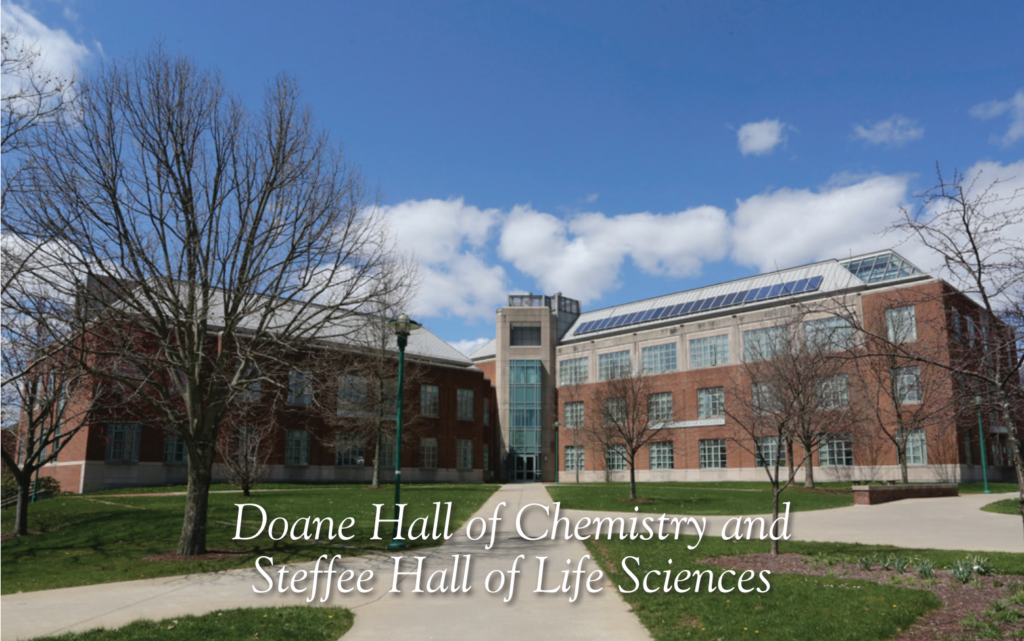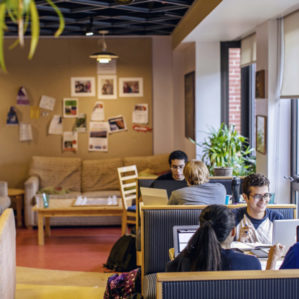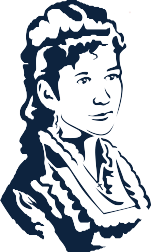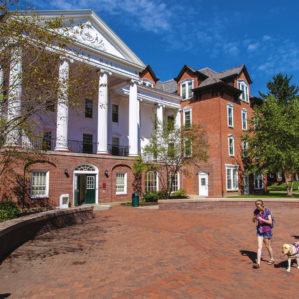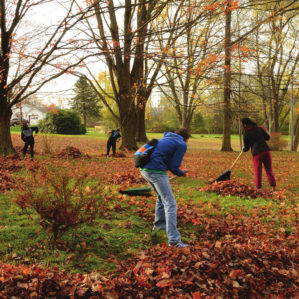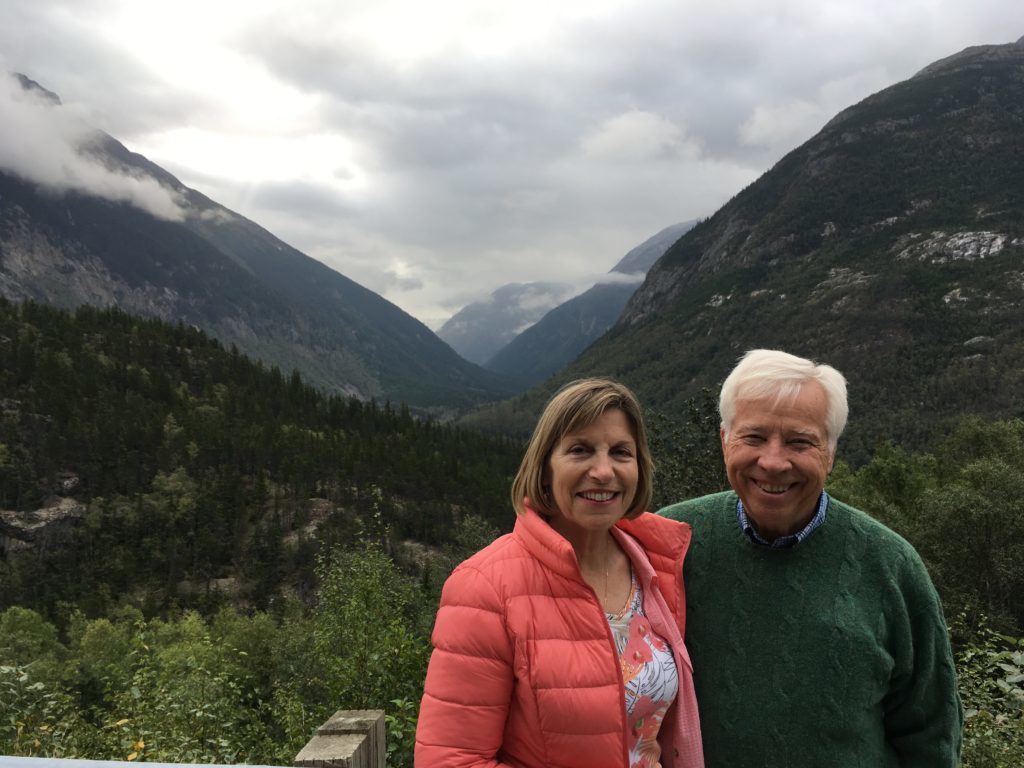
When Norma Klaus Wible was growing up, her father owned and operated a gas station and repair shop in Willowick, Ohio, where he put in long hours. As a youth in the Depression, he had not gone past eighth grade because he had to work to help support his family.
Norma’s mother immigrated to the United States from Slovenia when she was 6 years old, and learned English quickly so she could become the family’s translator. She finished high school and went on to become a radio operator during World War II. She eventually enjoyed a career as a realtor and travel agent.
“She always insisted I could be anything I wanted to be,” Norma recalls.
In 1973, Norma graduated from Allegheny College, the first in her family to earn a college degree. She followed that with her master’s in education in 1974.
“When I made the decision to go to Allegheny, my father simply said he and my mother would do what it took to get me there,” Norma says.
“If I can offer just one person a bit to offset that financial concern, then I’d like to do that in honor of my parents’ generosity.”
Now, after working as a teacher in the Cleveland area and raising a family with her husband, Jim, a 1971 Allegheny graduate and a member of the College’s Board of Trustees, Norma has been, and is currently, immersed in volunteer work. She was heavily involved in the local Montessori school, has taught Sunday school, coached junior high academic challenge teams, and is active in the Maumee Valley Presbytery.
She also has given back to make sure other first-generation college students have the same opportunity she did at Allegheny.
Besides other family scholarships endowed at Allegheny, Norma independently established the Joseph and Fran Klaus Scholarship, a fund that provided scholarship support for women who are first-generation students at Allegheny. The scholarship is named in honor of her parents.
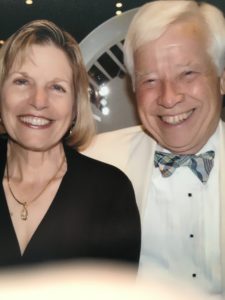
“First-generation students don’t have the luxury of knowing what to expect when going off to college and sometimes the money involved plays too large a part,” says Norma. “Sometimes that bottom line makes the decision for the student. If I can offer just one person a bit to offset that financial concern, then I’d like to do that in honor of my parents’ generosity.”
Norma says she is trying to develop the philanthropic spirit among young people. “We need to help children at a young age to be generous,” she says, “and if we must, teach college students the same thing. It helps if they can see the need and empathize with the people who benefit from the cause. While I think it’s great that high school students are encouraged to show volunteer hours on a college application, it may simply be a box checked off that possibly won’t change what they do down the road. I think it’s important to talk with youth, and get them to reflect on those experiences and what resulted from them.”
Norma and Jim have three adult children, including Judson, a 1999 Allegheny graduate; Jerry; and a daughter, Leslie, who lives in England.
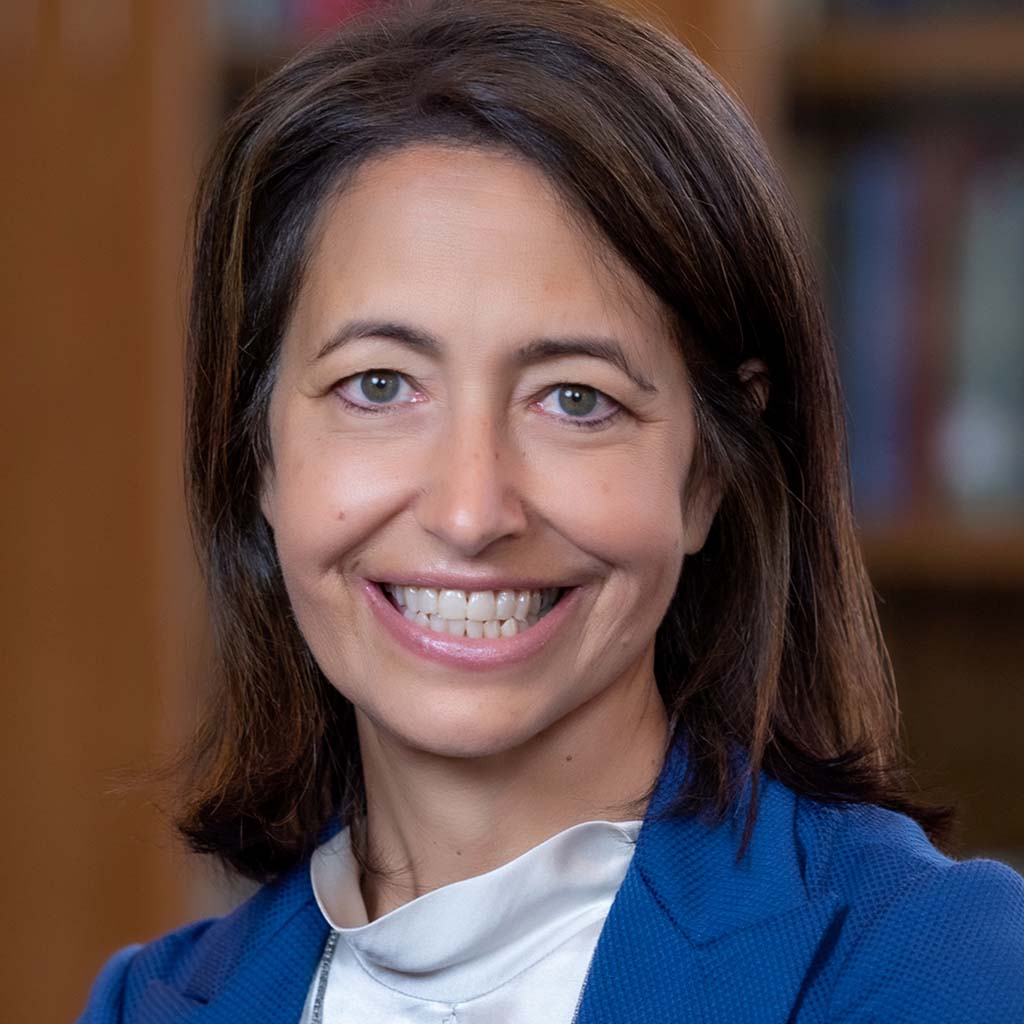
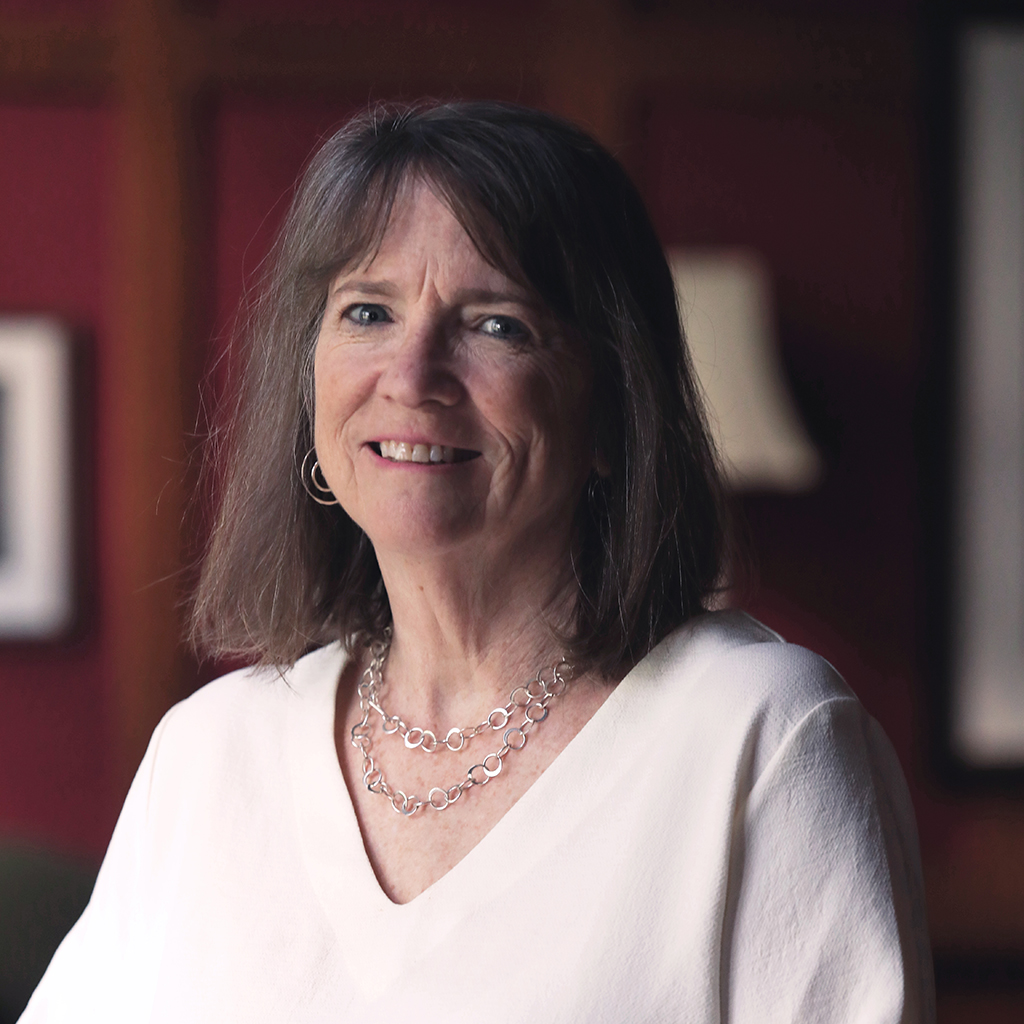

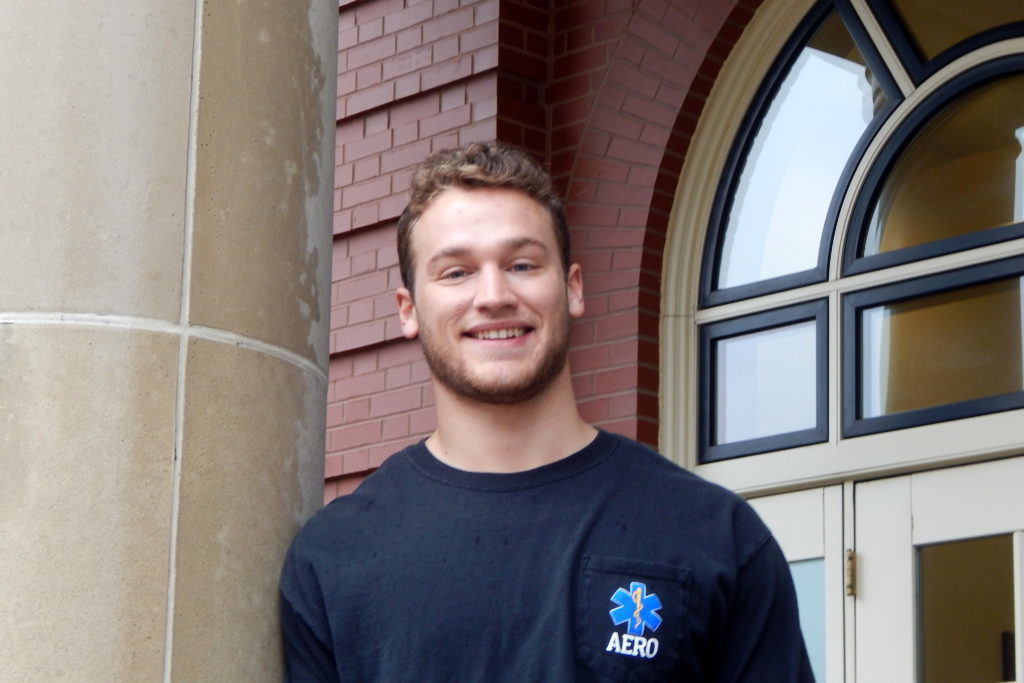 May 2019 graduate Colten Buzard got his start in digital marketing in 2016 with an internship supported by the George Andress Taaffe Jr. Endowed Fund for Economics. The fund was established in memory of Mr. Taaffe ’68 by his widow, Natalie Davis Taaffe Hoffman ’68, and close friends, John ’59/P’92 and Nancy Watkins Dunham’ 64/P’92.
May 2019 graduate Colten Buzard got his start in digital marketing in 2016 with an internship supported by the George Andress Taaffe Jr. Endowed Fund for Economics. The fund was established in memory of Mr. Taaffe ’68 by his widow, Natalie Davis Taaffe Hoffman ’68, and close friends, John ’59/P’92 and Nancy Watkins Dunham’ 64/P’92.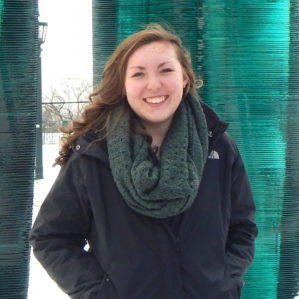 Senior Megan Arnold will receive her bachelor’s degree from Allegheny College in May and continue to pursue her dream of becoming an oncologist and cancer researcher.
Senior Megan Arnold will receive her bachelor’s degree from Allegheny College in May and continue to pursue her dream of becoming an oncologist and cancer researcher.